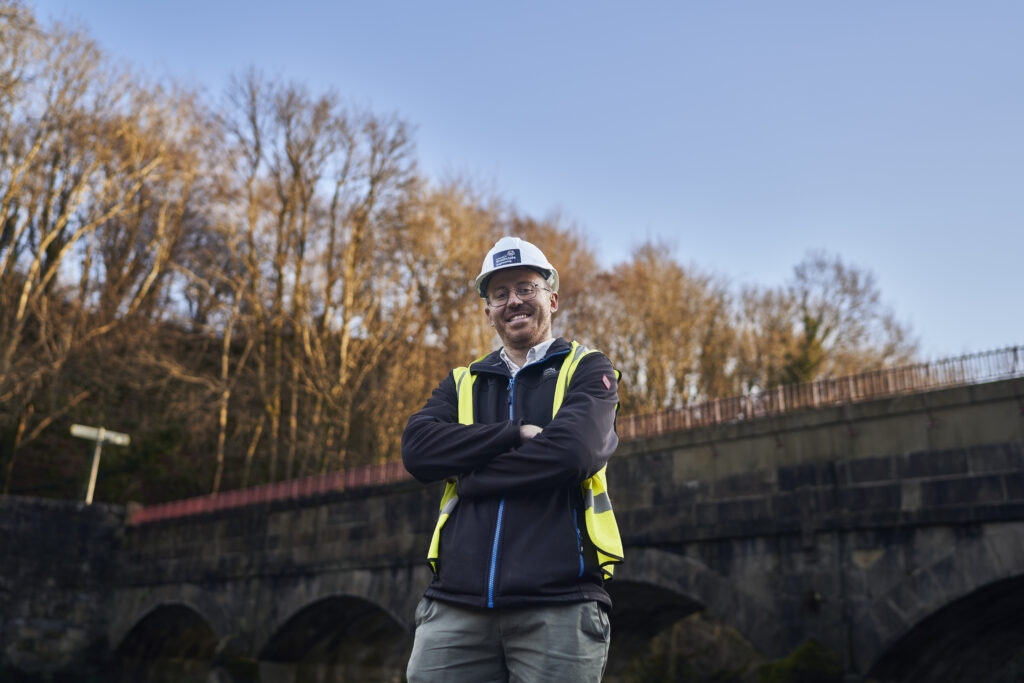Delegates also heard from the British Standards Institution’s Senior Lead for Transport & Mobility, Rajesh Kungur who outlined a review of standards for zero emission charging infrastructure and vehicles.
He said: “Areas of focus include the position of charging connectors on vehicles, the design of electric vehicle charging stations and the refuelling needs of hydrogen fuel cell vehicles. A survey was conducted this spring to understand from industry where it thinks guidance and standards are needed. Results are expected soon.”
Those gathered also learned about opportunities for decarbonising the maritime sector from Connected Places Catapult’s Senior Standards Innovation Coordinator, Marina Garyfalou. “We definitely need the demonstrations and trials, but we also need standards to prove the safety case, especially in the maritime sector to allow (new boats) to operate in different ports.”
Marina added: “Small operators don’t have the luxury of trialling different fuel types; they will want to know where they should invest their money.”
Connected Places Catapult’s Director of New Mobility Technologies, Professor Henry Tse told delegates to the event: “All of these discussions have been crucial in setting the agenda for future action.
“As we move forward, it’s important that we continue to work together towards achieving our carbon goals, delivering green jobs, cleaner air, and a better place for all. We need to take bold steps and make significant investments to drive the transition towards a more sustainable and resilient transport system.”
Henry added: “Let’s continue the conversation and work together towards a greener and more sustainable future for our transport system. We have the opportunity to make a positive impact on our planet and our communities, and we must seize it with determination and urgency.”















